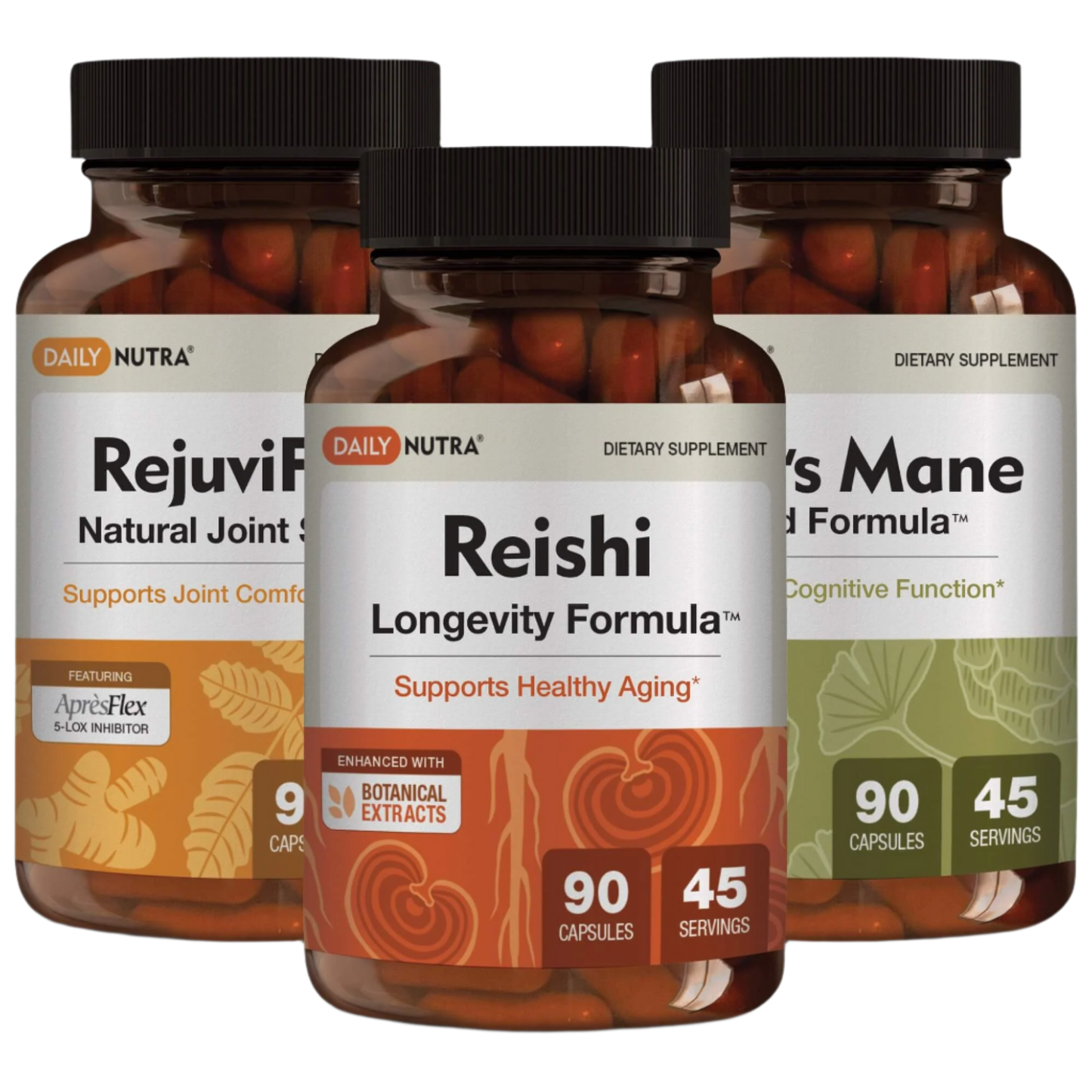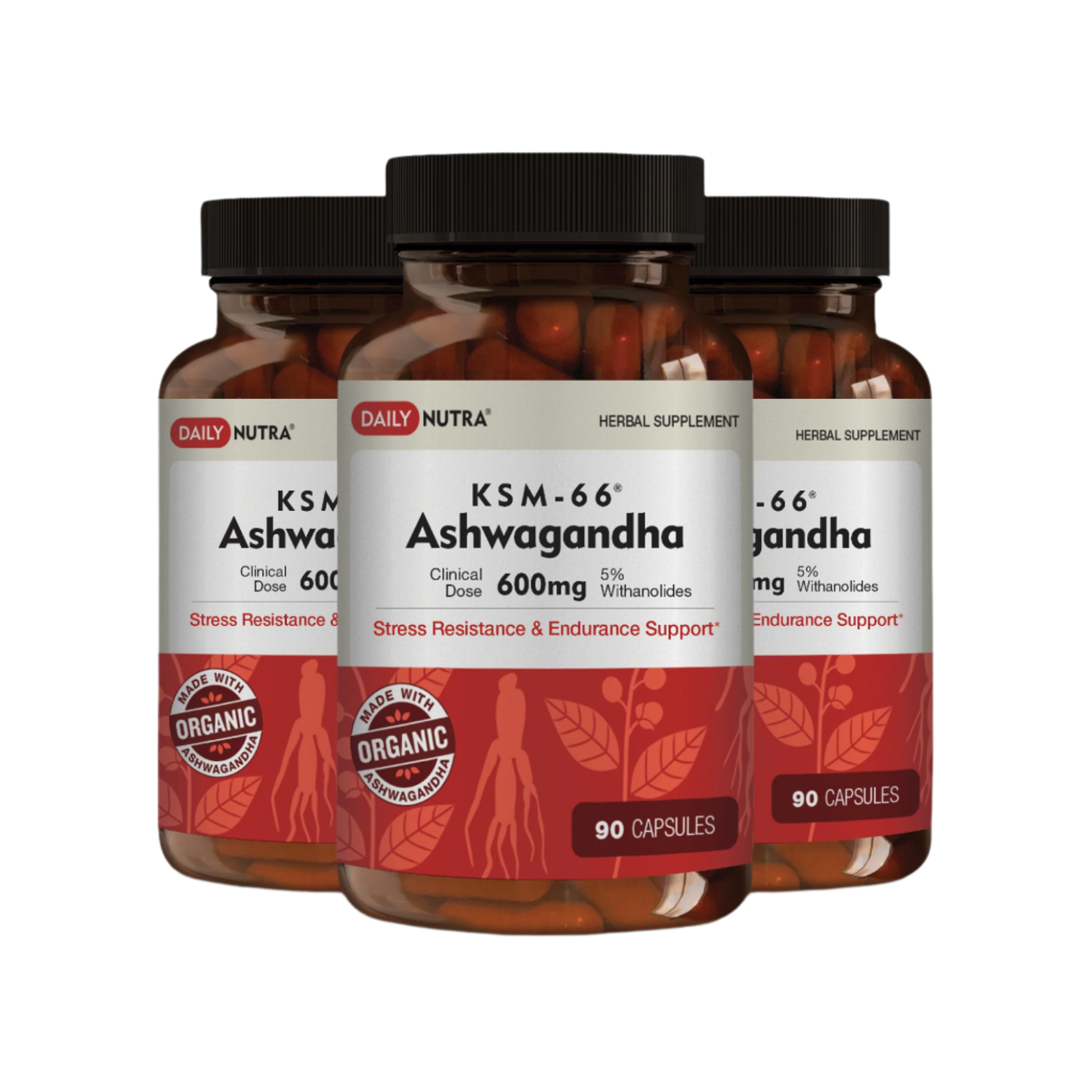Learn
Is Ashwagandha Effective for Anxiety? A Review of Clinical Evidence
Abstract Summary Objective To assess whether ashwagandha (Withania somnifera) is effective in reducing anxiety symptoms, particularly those related to chronic stress, and to review its safety profile. Context Ashwagandha is an adaptogenic herb used in Ayurvedic medicine to support stress resilience and emotional balance. Contemporary research primarily examines its effects in adults with high stress or mild-to-moderate anxiety symptoms, rather than severe anxiety disorders, positioning it as a supportive—not replacement—intervention. Methods Used Approach A concise review of randomized controlled trials and recent systematic reviews was conducted, focusing on human studies that evaluated anxiety outcomes using validated psychological scales and standardized...
How Can You Tell If Ashwagandha Is Working? Clinical Indicators Explained
Abstract Summary Objective To determine how you can tell if ashwagandha (Withania somnifera) is working by aligning the outcomes measured in clinical research with observable mental, physical, and physiological changes over time. Context Ashwagandha is an adaptogenic herb traditionally used in Ayurvedic medicine and now widely studied for its effects on stress, anxiety, sleep quality, and stress-related hormonal balance. Most human trials focus on individuals experiencing chronic stress rather than acute illness, making gradual improvement the expected pattern rather than immediate effects. Methods Used Approach This research summary is based on randomized controlled trials and systematic reviews evaluating ashwagandha supplementation...
Ashwagandha Safety Concerns: Documented Side Effects and Risk Considerations
Abstract Summary Objective This review evaluates the known side effects and safety concerns associated with ashwagandha (Withania somnifera), with emphasis on gastrointestinal, hepatic, and endocrine effects reported in human studies. Context Ashwagandha is widely used as an adaptogenic herb for stress, sleep, and hormonal support. Still, its increasing use in concentrated supplement form has raised questions about safety, product variability, and suitability for long-term use in diverse populations. Methods Used Approach A focused literature review was conducted using peer-reviewed clinical trials, systematic reviews, case reports, and regulatory assessments to identify and evaluate adverse effects associated with ashwagandha supplementation. Data...
Do Doctors Actually Recommend Ashwagandha—or Is It Just Wellness Hype?
The past ten years have seen a hefty increase in Ashwagandha. In former times, it was only available in Ayurvedic medicine and other holistic health sources. Now, though, on drugstore shelves, inside the online fashion practices of celebrities, and even in your local grocery store's health food section next to jars of fish oil capsules or probiotics from GNC, treatments such as ashwagandha also belong. Nonetheless, as with any surge in popularity, the chief question is: do doctors prescribe ashwagandha, or isit simply another personal-experience-driven fad? The answer is not black and white. For one thing, doctors do not look...



